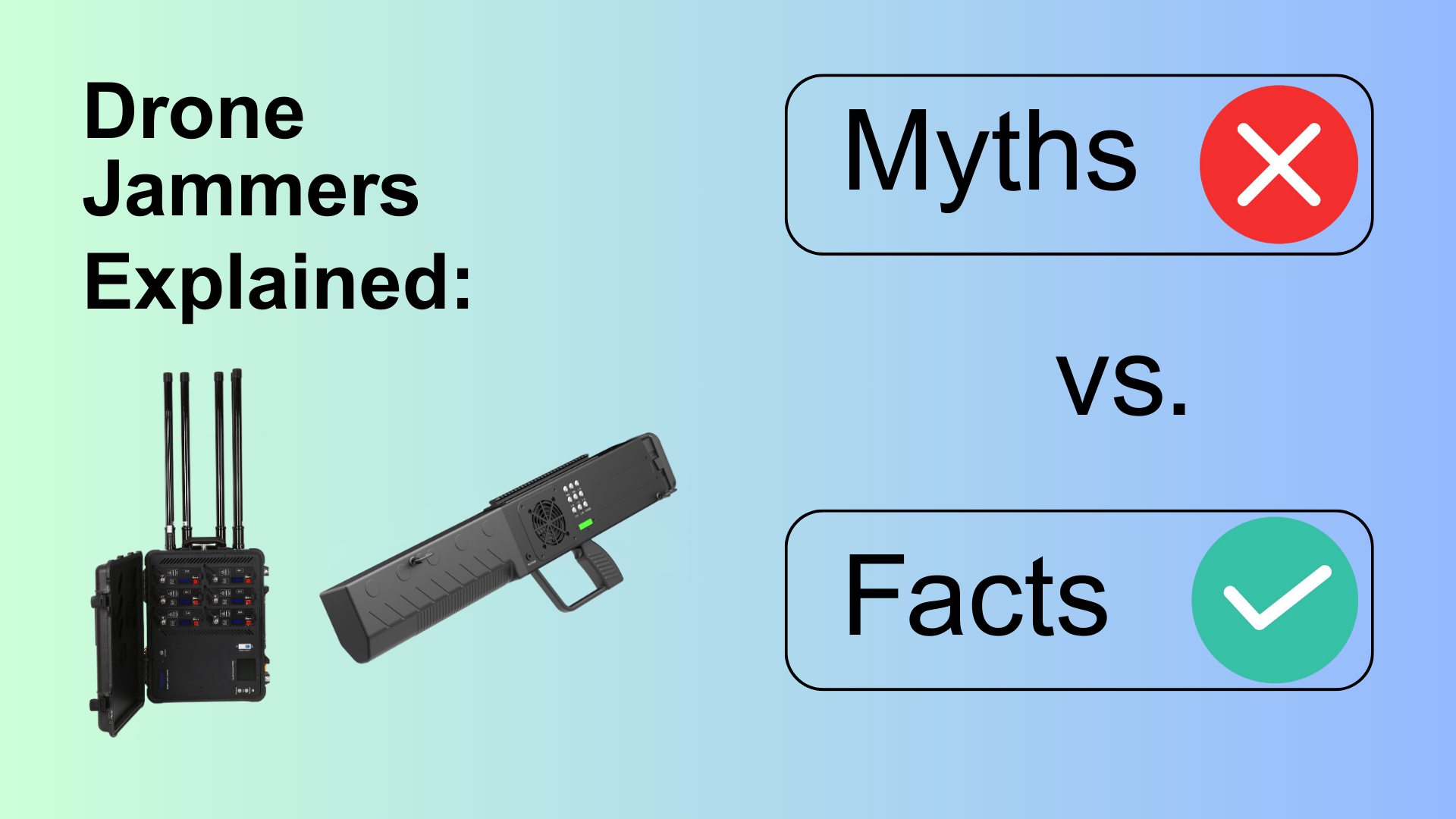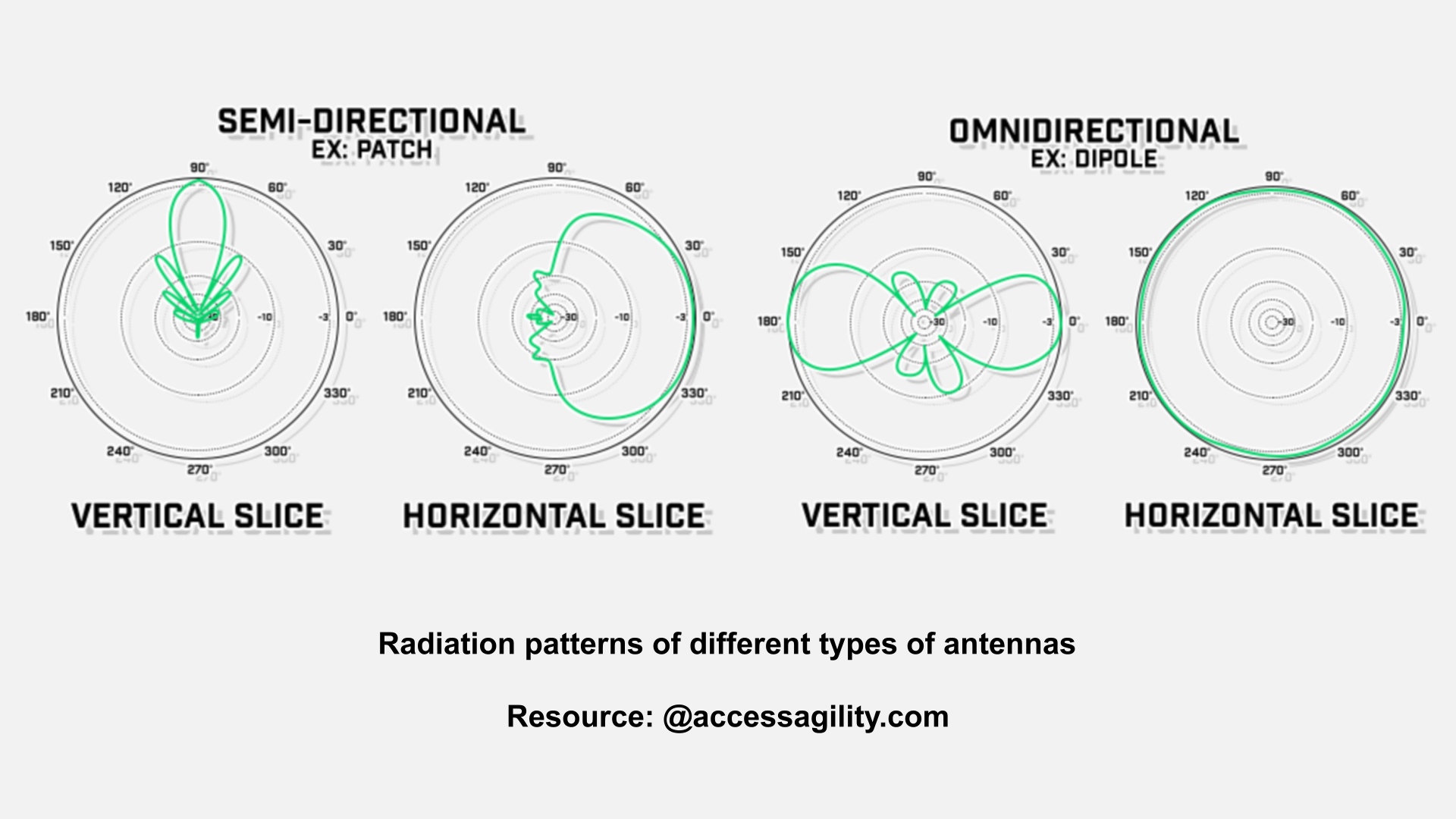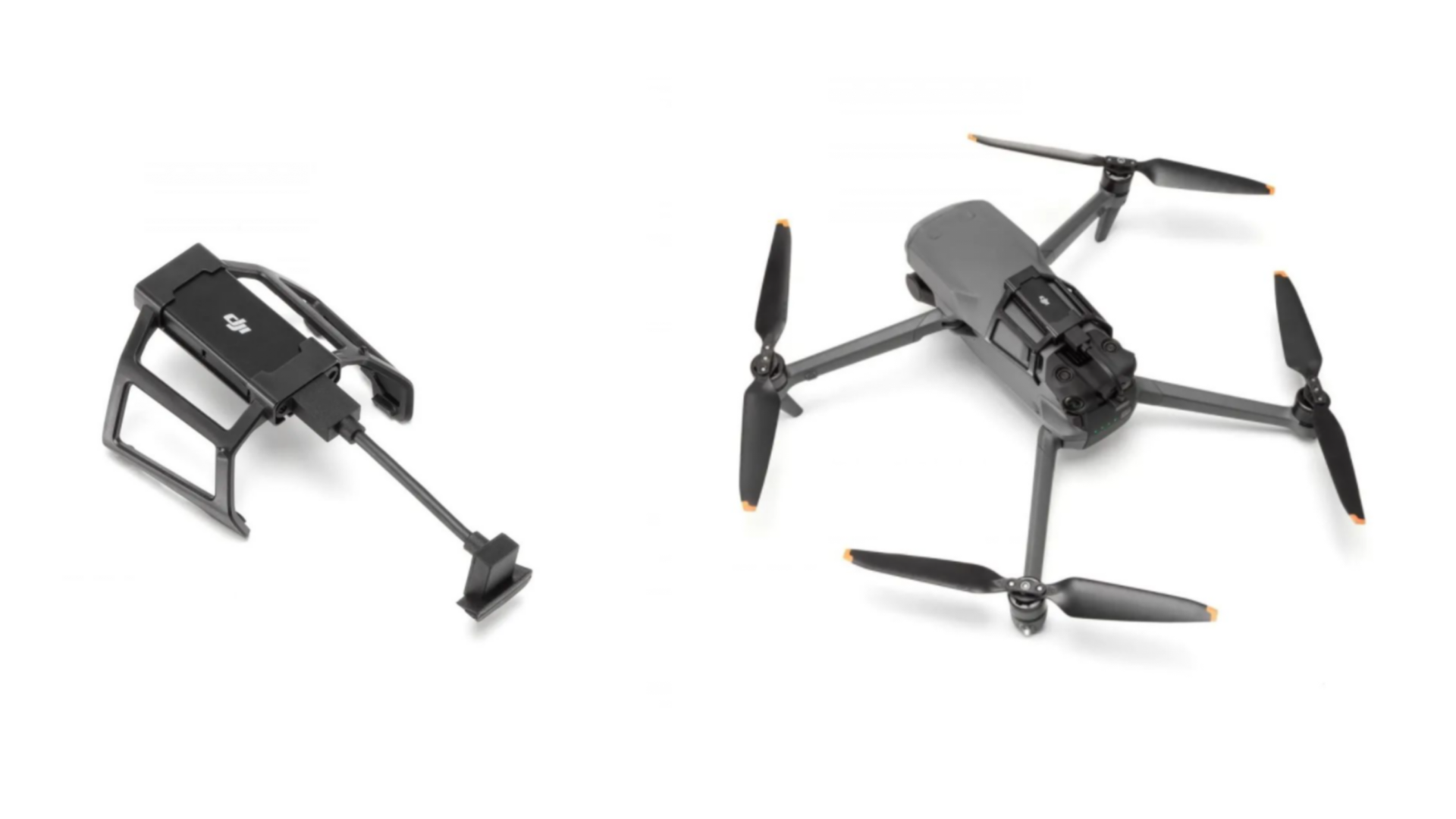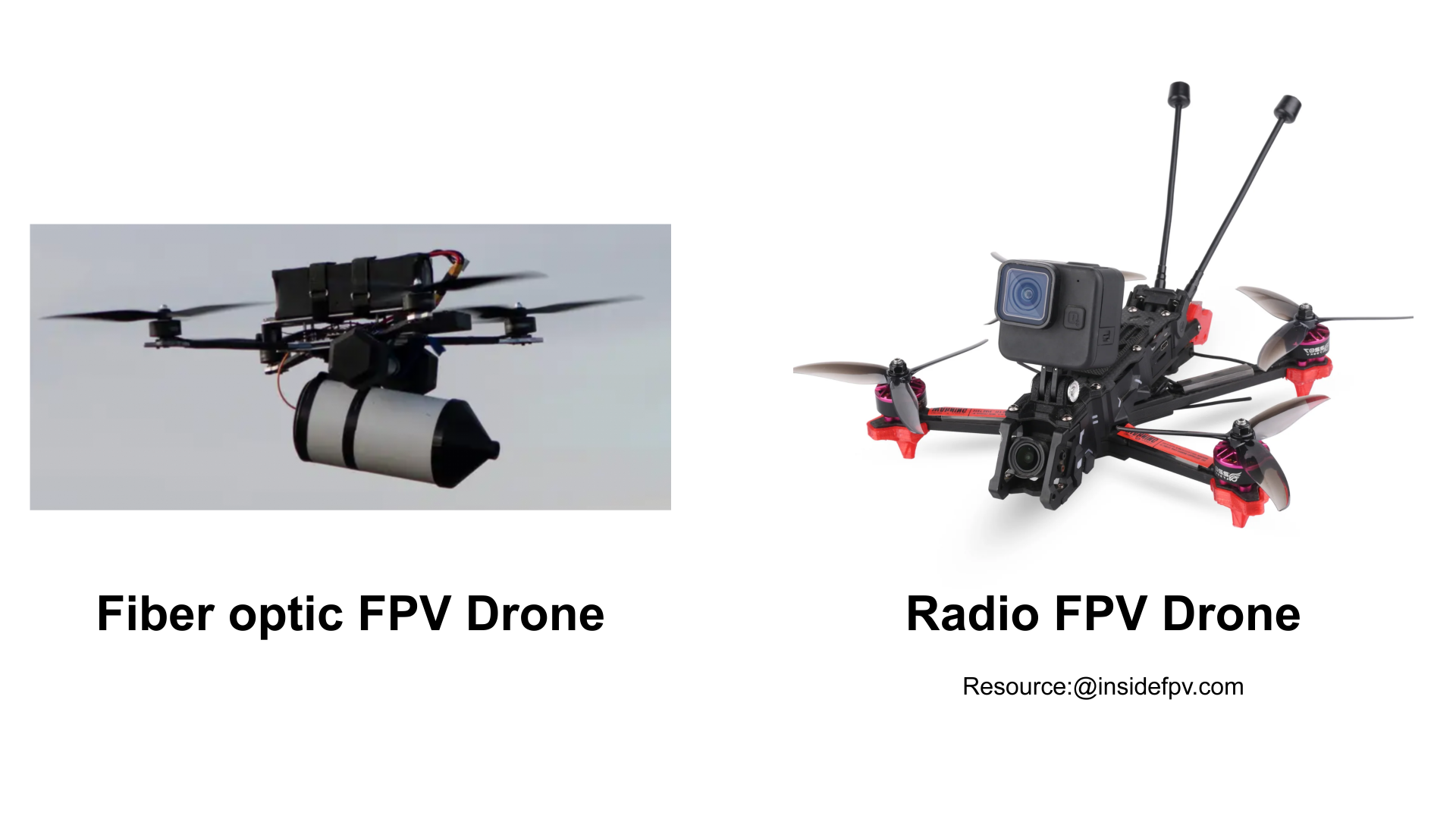By Zorelock Updated Apr.01,2025
Electronic warfare, drones, full-band jamming—these terms, once confined to science fiction, are now part of reality. However, before fully understanding drone jammers, you may have heard some myths. Some are exaggerated, while others are pure misconceptions. Let’s uncover the truth.

Fact: Most drone jammers work by emitting high-power radio signals to disrupt communication between drones and controllers. They do not establish a connection with the drone itself.
While hacking a drone via a wireless network is possible, it’s not a practical approach. Drone operators can counter such attacks by updating firmware, using VPN tunnels, or other security measures. Additionally, hacking requires time, and there’s no guarantee that the drone can be compromised before it leaves the target area.
On the other hand, disrupting drone communication using radio frequency interference is a far more effective method.
Fact: In rare military scenarios, this is true, but common drone jammers do not have this capability.
Weapons capable of destroying electronics are known as directed energy weapons (DEWs), which typically fall into three categories:
High-energy lasers emit a focused beam of infrared or visible light, powerful enough to melt steel.
Millimeter wave weapons generate beams with wavelengths between 1–10mm, capable of affecting multiple targets.
High-power microwave weapons produce over 100 megawatts of power, disrupting electronics over a wide area.
In comparison, standard drone jammers operate at 50W-100W per channel—nowhere near the power levels required for electronic destruction. Due to the cost, weight, and energy demands of DEWs, they are not widely used in counter-drone applications.
Fact: For some drone jammer types, yes—but this can be easily solved.
The most well-known drone jammer in the public domain is the anti-drone gun, which typically uses PCB antennas, log-periodic antennas, or Yagi antennas. As a directional jammer, it requires aiming at the drone before jamming, making detection a prerequisite.
But, omnidirectional antennas solve this issue. When a jammer emits signals in all directions (360°), operators no longer need to aim. However, in urban environments, omnidirectional jamming can interfere with civilian radio communications, which is a risk factor to consider.

Fact: It bypasses common jamming frequencies but remains vulnerable to GPS (GNSS) spoofing.

The DJI Cellular 4G Dongle allows drones to connect via cellular networks, making 2.4GHz/5.8GHz jammers ineffective against it. However, GPS(GNSS) spoofer does not rely on communication frequency—it feeds false coordinates to the drone, forcing it to divert or land.
Fact: Drone jammers drive fiber-optic FPV adoption, and reducing jammers would bring back traditional RF FPV.

Fiber-optic FPV completely bypasses drone jammers, but at a cost. Carrying a cable spool reduces payload capacity, limits flight angles, and affects maneuverability.
As drone jamming pressure decreases, traditional RF-based FPV will inevitably make a comeback. The relationship between fiber-optic FPV and RF FPV is a dynamic balance, influenced by jamming technology.
 Send your inquiry
Send your inquiry0